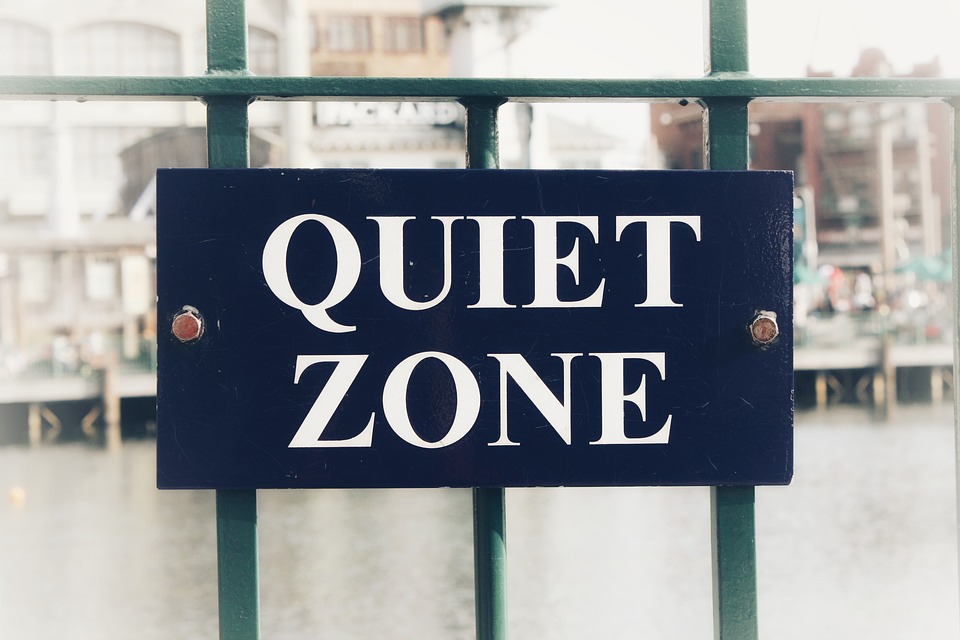Acoustics in the workplace
Contents |
[edit] Introduction
There is no denying global events in 2020 have turned every aspect of our lives upside down, and as we all start to try and get back to normal while COVID-19 lockdown restrictions ease, we realise it is a “new normal”.
Workplaces have changed, some almost unrecognisable from before, and there is a myriad of requirements to consider beyond the essential health and safety measures. Occupant wellbeing was a prominent consideration prior to lockdown, and this included provision of a good acoustic environment, but how are new COVID-secure workplaces affecting the acoustic environment?
[edit] The changing workplace soundscape
For many years there have been acoustic standards and guidelines on internal noise levels in offices, determining sound power levels of building plants, and predicting the sound absorption of materials. Well designed open-plan offices have allowed large groups of people to collaborate and communicate effectively, and noise regulations have ensured factories and construction sites operate without disturbing neighbours.
In 2020, the workplace is turned on its head. Following government guidelines, many people began working from home. Suddenly the familiar hum of the workplace was replaced in some instances with squabbling children or impatient pets (and if you live alone, maybe unwelcome silence replaced your usual face-to-face conversations).
As people are gradually allowed to return to a place of work, new COVID-secure offices have changed the acoustic environment. The installation of screens, the partitioning of open plan spaces, wearing of face coverings and a lower level of occupancy have created acoustic challenges. For example, speech intelligibility is affected by the reverberation time of a space. Fewer people and more reflective materials, such as plastic screens, will decrease the sound absorption and increase the reverberation time, resulting in poorer speech intelligibility.
[edit] Rearrangement consequences
Building services have been specified, installed and commissioned for a particular set up of a workplace layout and building occupancy. If a space is divided into individual offices to allow for social distancing, then the building services provision also needs to be reconsidered. Changing the control settings of a system will have an impact on the internal noise levels and subsequently on levels of occupant annoyance.
Not everyone works in an office, so, what about situation in different workplaces? Factories, shops and construction sites have been redesigned to allow for social distancing, and often operating hours have been extended to allow for shift patterns, potentially increasing noise nuisance for neighbours.
In these environments the noise levels are also often higher and communication between people can therefore be harder. People working further away from each other and wearing face coverings will inhibit successful communication and influence performance, and if someone must shout to be heard does this have the potential to spread virus droplets further?
There should also be consideration of the highly overlooked 12 million people in the UK who suffer from some level of hearing loss. Being unable to lip read because someone is wearing a face covering, or unable to hear the conversation over a bad video conferencing link is incredibly frustrating and isolating.
[edit] Finding solutions
The acoustic challenges within a COVID-secure workplace may seem overwhelming but there are several simple solutions. Firstly, identify noise sources in the workplace and maintain them appropriately to minimise background noise.
Something as simple as cleaning filters inside a fan coil unit can increase airflow and capacity, meaning the fan speed can be reduced and subsequently the noise level.
Secondly, examine acoustic specifications of any new products being installed – ask to see test reports and consider how a new product could influence the acoustic environment.
Finally, consider the occupants of your workplace and how they use the space. Tailoring the acoustic environment to the needs of the occupants can increase productivity, decrease annoyance and overall improve the wellbeing of all. The focus on workplace safety is paramount, but long-term considerations of other design parameters, such as the acoustic environment, will ensure workplaces not only survive but thrive.
This article originally appeared on the BSRIA website under the title, 'Acoustics in the workplace – What’s the “new normal”?' It was written by Rebecca Hogg,
Acoustic Consultant, BSRIA and was published on 24 June 2020.
--BSRIA
[edit] Related articles on Designing Buildings
- Acoustic design for health and wellbeing.
- Airborne sound.
- BSRIA articles on Designing Buildings Wiki.
- BSRIA Noise in the built environment TG 20/2021.
- Building services and health risk resilient buildings.
- CEOs predict COVID-19 workplace changes will be permanent.
- Coronavirus and the construction industry.
- Facilities management.
- Indoor air quality.
- Noise level.
- Noise nuisance.
- Room acoustics.
- Sound absorption.
- Sound insulation.
- Sound reduction index (SRI).
- Sound v noise.
- Structure-borne sound.
Featured articles and news
The history of building regulations
A story of belated action in response to crisis.
Moisture, fire safety and emerging trends in living walls
How wet is your wall?
Current policy explained and newly published consultation by the UK and Welsh Governments.
British architecture 1919–39. Book review.
Conservation of listed prefabs in Moseley.
Energy industry calls for urgent reform.
Heritage staff wellbeing at work survey.
A five minute introduction.
50th Golden anniversary ECA Edmundson apprentice award
Showcasing the very best electrotechnical and engineering services for half a century.
Welsh government consults on HRBs and reg changes
Seeking feedback on a new regulatory regime and a broad range of issues.
CIOB Client Guide (2nd edition) March 2025
Free download covering statutory dutyholder roles under the Building Safety Act and much more.
AI and automation in 3D modelling and spatial design
Can almost half of design development tasks be automated?
Minister quizzed, as responsibility transfers to MHCLG and BSR publishes new building control guidance.
UK environmental regulations reform 2025
Amid wider new approaches to ensure regulators and regulation support growth.
The maintenance challenge of tenements.
BSRIA Statutory Compliance Inspection Checklist
BG80/2025 now significantly updated to include requirements related to important changes in legislation.
























